The Rule of Thirds: A Pathway to Stunning Visual Storytelling in Photography
Rule of Thirds in Photography –
There is a fundamental concept in photography that can greatly enhance your composition skills: the Rule of Thirds. This technique has been widely used by photographers for many years and continues to be a powerful tool for creating visually appealing and balanced images.
I am a participant in the Amazon Services LLC Associates Program, an affiliate advertising program designed to provide a means for me to earn fees by linking to Amazon.com and related sites. This post may contain affiliate links, which means I may receive a commission, at no cost to you, for purchases made using my links. Please see my disclosure to learn more.
Prefer to Listen?
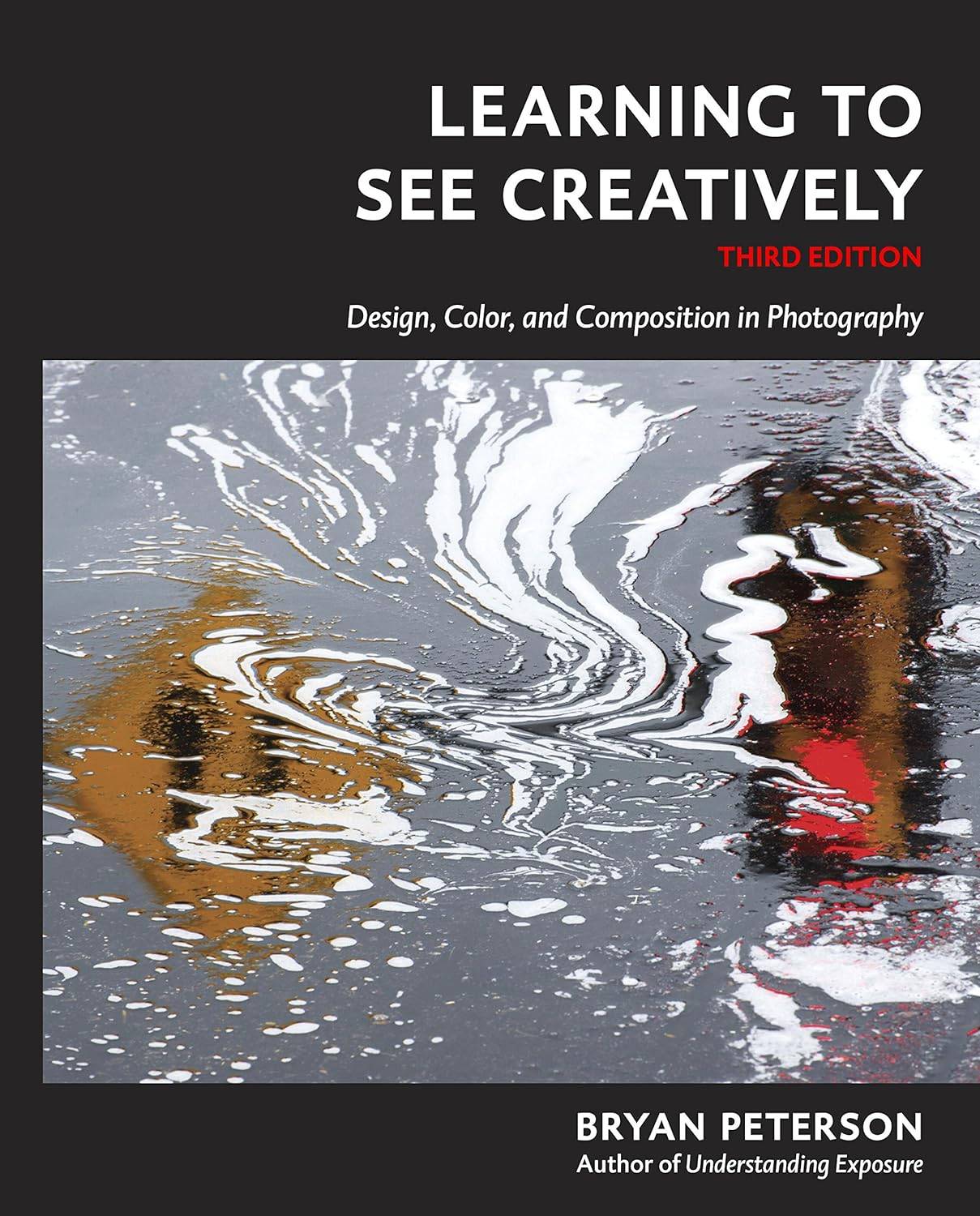
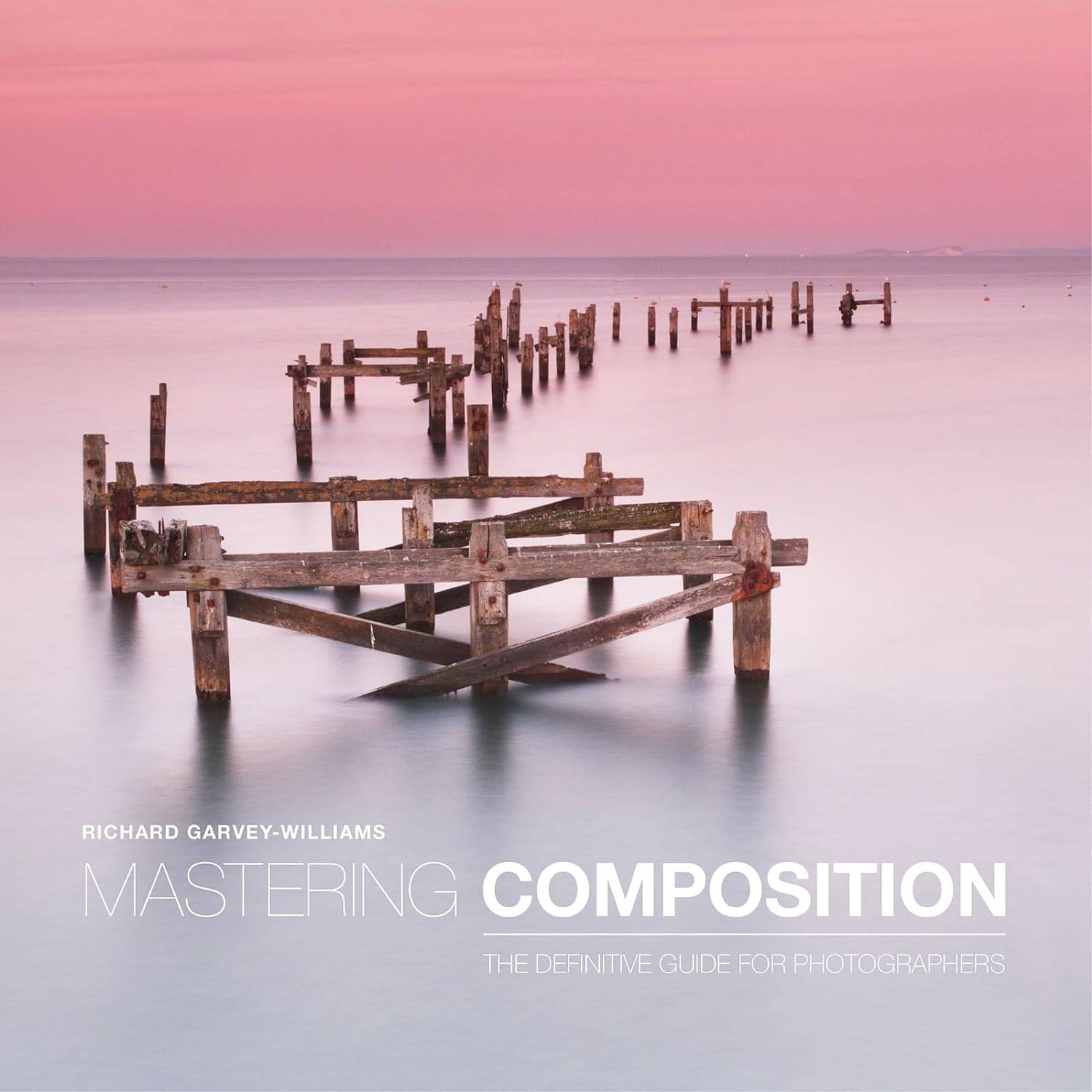
Introduction to the Rule of Thirds
The Rule of Thirds is a compositional benchmark that divides an image into equal parts of nine by overlaying a grid. This grid consists of two vertical and two horizontal lines, intersecting at four key points. By placing focal attractions along these boundaries or at their intersections, you can create a visually pleasing composition that captures the viewer’s attention.

Understanding the Grid
To utilize the Rule of Thirds effectively, it’s important to understand the grid overlay on your camera. Most modern cameras offer an option to display the grid on the screen or viewfinder, making it easier to align your subjects accordingly. By aligning the main elements of your photograph with the grid lines, you can achieve a well-balanced composition that draws eye of the viewer.
Composition Techniques
The Rule of Thirds offers several composition techniques that can greatly enhance your photographs. Firstly, you can place focal attractions, such as the main subject or key elements, along the grid lines or at the intersections. This creates a feeling of balance and harmony within the frame.

Additionally, it helps in balancing elements within the composition. By distributing the visual weight of your image across the grid, you can avoid placing all the significant elements in one section, which can result in an unbalanced composition. Instead, you can achieve a more aesthetically captivating image by distributing the elements across the grid lines and intersections.
Enhancing Depth and Perspective
Another advantage of utilizing the Rule of Thirds is the ability to enhance the depth and perspective in your photographs. By incorporating foreground, middle ground, and background elements along the grid lines, you can create a perception of depth and add visual interest to your composition. This approach facilitates to draw the viewer into the image, enhancing its essence to make it more immersive and captivating.
Leading Lines and Movement
Leading lines play a vital role in composition, leading the observer’s eye towards the focus subject or important elements within the frame. By aligning leading lines with the grid lines, you can guide the eyes of the viewer and create a more engaging photograph. Additionally, the Rule of Thirds allows you to capture motion effectively. Placing the moving subject along the grid lines or intersections can create a dynamic composition, conveying a feeling of intricacy, action and energy.

Emphasizing the Subject
The Rule of Thirds is an excellent tool for emphasizing the primary focal point of your photograph. Placing the subject on or near the grid lines or intersections can draw attention to it and make it stand out. Doing this also helps to create a focal point within the composition, making the subject more prominent and captivating.

Breaking the Rule
While the Rule of Thirds is a valuable guideline, it’s essential to remember that rules are meant to be broken. There are instances where breaking the rule can lead to unique and compelling compositions. Experimentation and creativity are vital aspects of photography, and sometimes deviating from the Rule of Thirds can lead to unexpected and visually striking images. However, it’s important to understand the rule first before effectively breaking it.
Experimenting and Practicing
To master the use of the Rule of Thirds, it’s crucial to experiment and practice regularly. Every scene and subject is different. Through experimentation, you can discover unique compositions that best suit your artistic vision. Take the time to try different placements of focal attractions and observe how they affect the overall balance and impact of your photographs. Practicing with intention and analyzing your results will help you refine your skills and develop a strong sense of composition.
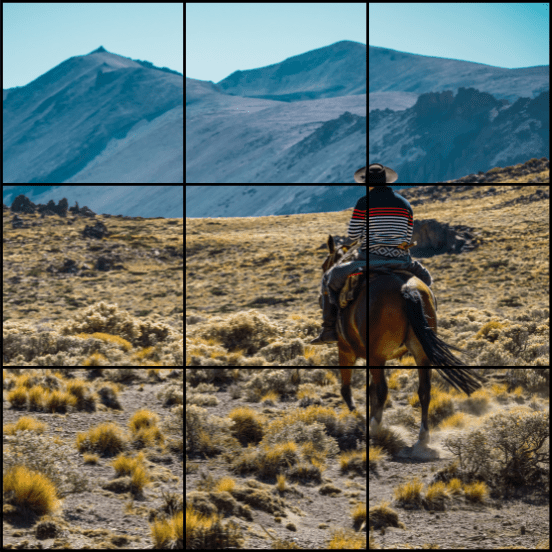
Final Thoughts
The Rule of Thirds is a powerful compositional technique that can greatly enhance your photography. By aligning focal attractions along the grid lines or intersections, you can create compositions that are balanced and visually appealing, so they captivate the viewer. Remember to experiment, practice, and be open to breaking the rule when appropriate. Embrace the Rule of Thirds as a foundation for your compositions, and let your creativity flourish.
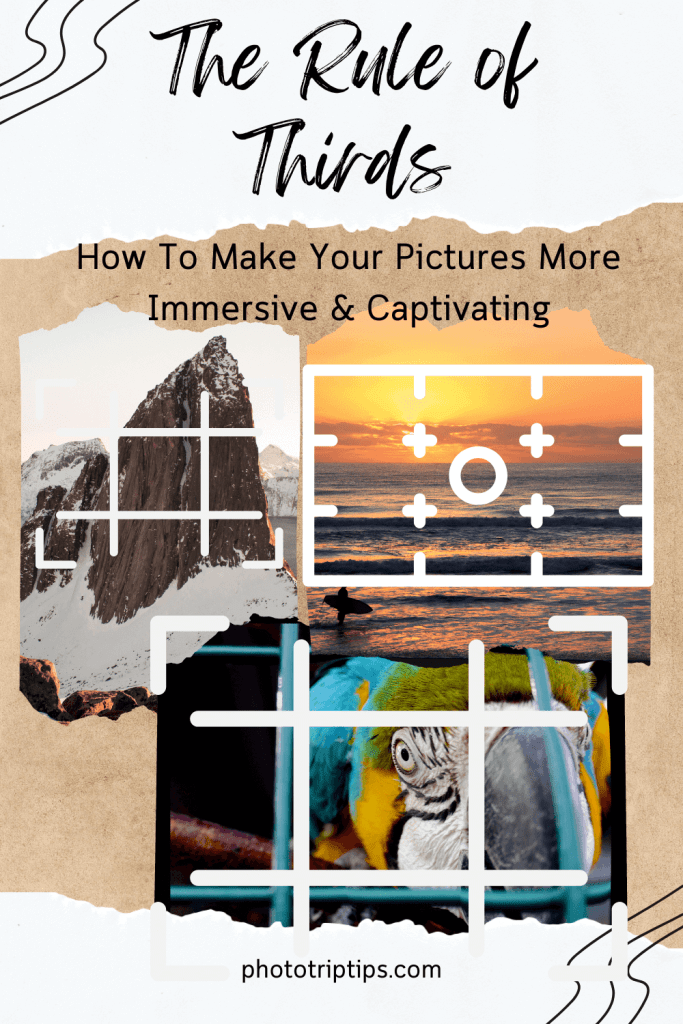
Listen to FAQ
FAQ Section
- Is the Rule of Thirds applicable to all types of photography?
Yes, the Rule of Thirds can be applied to various genres of photography, including landscapes, portraits, still life, and more. It provides a versatile framework for creating visually pleasing compositions.
- Can I use the Rule of Thirds in post-processing?
While it’s ideal to compose your image with the Rule of Thirds in mind during the capture phase, you can also make adjustments in post-processing to align components along the grid lines or intersections.
- Are there any other composition techniques I should explore?
Yes, there are several other composition techniques worth exploring, such as symmetry, leading lines, framing, and the golden ratio. Each technique offers unique ways to generate captivating and visually appealing photographs.
- Can I use the Rule of Thirds with a square format photograph?
Absolutely! The Rule of Thirds can be adapted to various aspect ratios, including square formats. You can overlay a grid or imagine the grid lines within the square frame to guide your composition.
- What if my subject doesn’t align perfectly with the grid lines?
While aligning the subject with the grid lines is desirable, it’s not always necessary. The goal is to create a balanced composition, and slight deviations from the grid lines can still achieve that. Use your judgment and experiment to find the best placement for your subject.

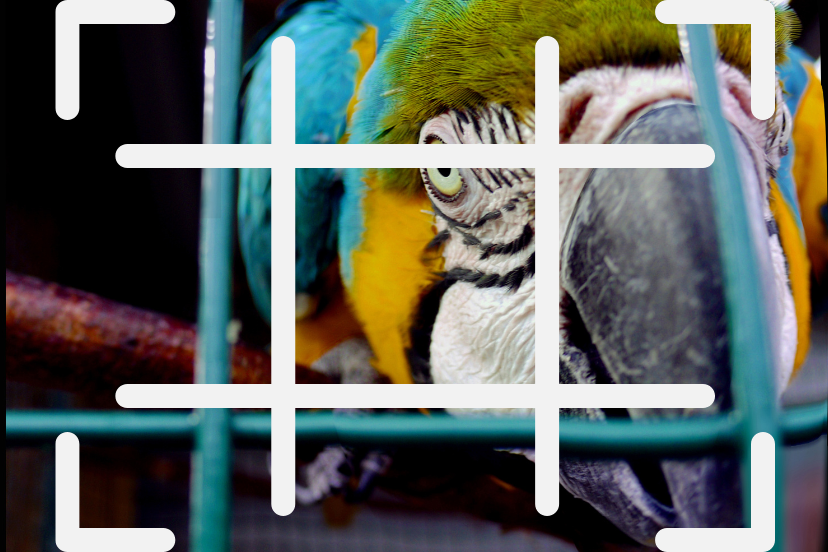





Comments are closed.